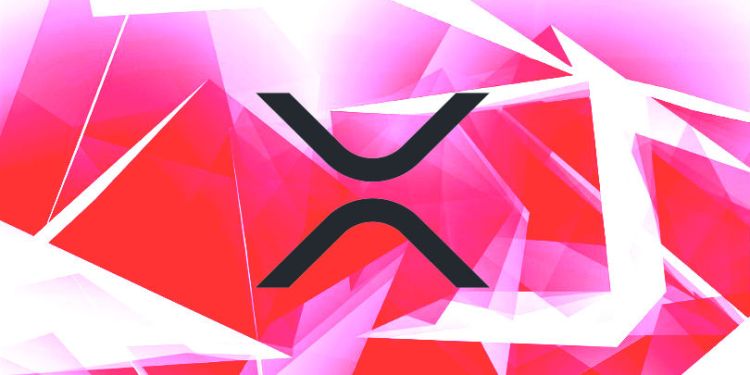In a new interview, Ripple’s global head of strategic accounts expands on the growth of the company’s payment solutions xCurrent and xRapid.
Marcus Treacher told The Asian Banker both products are growing at a fast clip, with a burst of adoption in a number of regions.
“There is a lot of activity in the Middle East and in India, as you mentioned during the introduction, in Southeast Asia, and also in Latin America. We are seeing a lot of growth as well in Northern Europe. So there is really a nice global coverage that is building very quickly…
So, for the payment side, we have created a product called xCurrent. And xCurrent is what is at the heart of the Ripple network. That connects banks and payment companies together and enables money to move in seconds around the world.
The other component is xRapid. xRapid is where we can separately connect into the XRP ledger for very fast delivery of liquidity into the target country as required. When you put those two together, you get a very powerful payment delivery proposition which is using blockchain technology – but does not use any token – supported by a really powerful liquidity proposition which does use the token XRP. We don’t release the full figure, but it’s growing very, very quickly.”
Ripple has been a bit cagey when it comes to releasing new info on which companies plan to utilize xRapid. Ripple launched xRapid for commercial use in October, revealing that MercuryFX, Cuallix and Catalyst Corporate Federal Credit Union will utilize the technology to power payments.
Since then, Ripple has also confirmed that crypto exchanges Bittrex, Bitstamp, Bitso and Coins.ph will use xRapid to boost payments between the US and the Philippines, and the US and Mexico.
Overall, Ripple says at least one financial institution is signing up for one or more of its payment solutions every week, and according to Ripple’s global head of infrastructure innovation, nearly 200 banks and financial institutions are now on board.
As for whether Ripple will replace the legacy cross-border payments system SWIFT, Treacher says the San Francisco startup is working to dominate the space in the coming years.
“I think with the SWIFT and Ripple model, there may still be a role to play for the older hub structure messaging model such as SWIFT. However, we feel that for the bulk of payments, the real commercial flows and the resale flows – that will move to a much more open interconnection model which Ripple has created. So, certainly, we will dominate that central space. Whether that leads to a complete move into Ripple or not, we don’t really mind.
It is a big enough world. If Ripple is seen as an alternative to SWIFT at some point, then okay fine, but our sweet spot is bringing that high-volume, commercial flow which we think in the 21st century will be really, really important to support the economies of the world.”
[the_ad id="42537"] [the_ad id="42536"]




